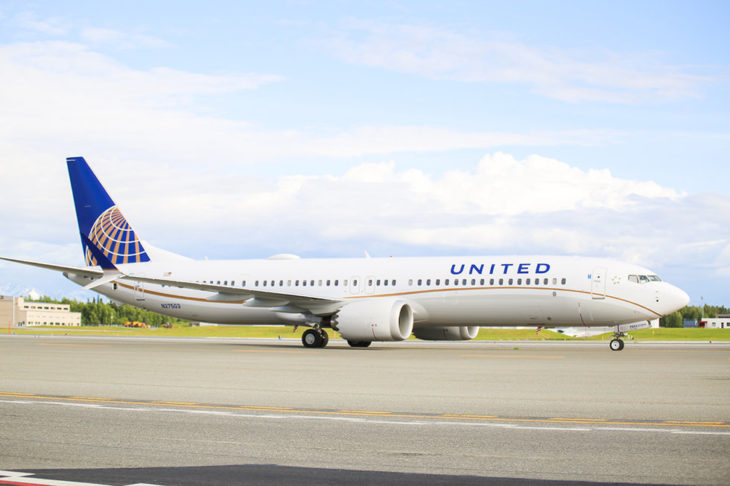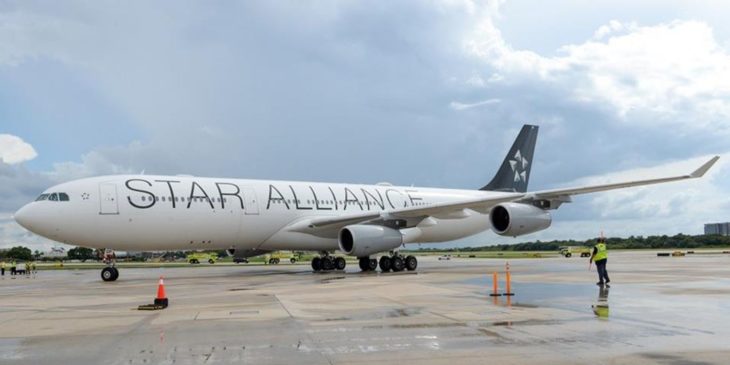As the oldest airline alliance in operation, Star Alliance with its 5 triangles arranged in an outward circular partner is a common sight around most any airport. The alliance has over 26 full member airlines that work together so that passengers can easily travel to the destinations around the world.
The alliance was formed in 1997 with five airlines across three continents and quickly expanded to be the second largest alliance in operation today. Over the years the alliance has lost some members through mergers with other airlines not wishing to affiliate with Star Alliance and a few airlines that have ceased operations including Ansett Australia and VARIG.

Member Airlines
Today the alliance has a presence on six continents. This includes Air Canada, United, and Copa for North America. Thai Airways, All Nippon Airways, Asiana, Singapore Airlines, Air China, Shenzhen Airlines, Eva Air, and Air India for Asia. In Europe; Lufthansa, SAS, Austrian Airlines, LOT Polish, Croatia Airlines, TAP Air Portugal, Swiss International, Adria Airways, Turkish Airlines, Brussels Airline, and Aegean Airlines.
While Australia/Oceania has Air New Zealand and South America has Avianca. Additionally, Africa has Ethiopian Airlines, Egypt Air, and South African Airways. Altogether, the airlines provide passenger service at 1,317 airports across 193 countries with approximately 727 million passengers in 2017.

Star Alliance Elite Status
With so many airlines making up the Star Alliance, passengers traveling around the globe have the ability to credit frequent flier mileage to their airline loyalty program of choice. This means if you’re a member of United MileagePlus and wish to credit your intra Europe flight marketed and operated LOT Polish to your MileagePlus, you can. Star Alliance has a two-tiered elite status program that correlates to an elite level of the individual airline you have status with. For example, with SAS’s EuroBonus program, if you have EuroBonus Silver status, you receive Star Alliance Silver, while if you are EuroBonus Gold or higher, you receive Star Alliance Gold.
For Star Alliance, only Gold members receive any noticeable benefits including priority check-in, security lane, luggage handling, as well as additional baggage allowance and lounge access when traveling on international flights. A major benefit of the alliance for passengers is the ability to have award redemptions across the partner airlines. For example, a traveler can use their Singapore KrisFlyer miles to book a flight operated by Lufthansa if award space is available.
The Star Alliance has matured over the past two decades to be one of the best for travelers who travel around the world. Their exceptional route network allows for easily booking of international trips with seamless connections across several carriers. As the airline industry continues to grow and evolve, expect the alliance to grow and offer more opportunities to visit new locations.
Check out our SkyTeam Alliance Overview for a comparison on how these alliances stack up.
Next time you fly, look out at the planes paint jobs, you may occasionally spot a Star Alliance airline operating one of their aircraft with the alliance livery instead of the individual airline brand. What are your thoughts about Star Alliance? Feel free to share in the comments below.Â

*A is the largest alliance as far as i know (both in terms of traffic and airline members), or how do you define ‘large’?